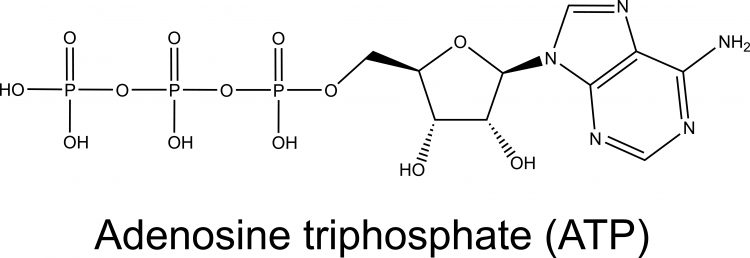ATP, Water Treatment, and Fireflies?

By: Adam Stephenson | Feb 08, 2022
Did I get your attention with the mention of fireflies? You’ll have to read on for that one. Water treatment is vital for protecting public and environmental health and is best done proactively, as conditions can change rapidly. It is essential that water treatment operators have tools that keep them ahead of potential problems. Today, we’ll introduce one of those tools, an ATP assay. We’ll cover what ATP is, how it’s measured, and its application and benefits for water treatment.
What is ATP?
Adenosine triphosphate (ATP) is an organic molecule found in all forms of life that transfers and stores energy within cells. When ATP is consumed in metabolic processes, energy is released to power all cell functions. ATP may be found in all living organisms, but when a cell dies, the ATP degrades quickly. In other words, if there is a high concentration of life, ATP is abundant. ADP is used in monitoring microbial contamination and treatment effectiveness in water systems.
Measuring ATP
Here’s where the fireflies come in! ATP is quantified or measured by a bioluminescent assay. The assay is measuring the light produced through a reaction with the naturally occurring firefly enzyme luciferase, using a luminometer. The amount of light produced is directly proportional to the amount of ATP present in the sample. That’s right, the glow you see during those summer night firefly dances is exactly what the luminometer is measuring. I’ll never look at fireflies the same.
Detecting contamination in drinking water systems
Using ATP assay to detect microbial growth in drinking water systems can protect public health and prevent corrosion in distribution systems. Using ATP to monitor and detect microbiological growth can ensure that harmful microorganisms are removed from drinking water before it is distributed to homes. Regular monitoring of live microbes at each stage of the water treatment process ensures water quality. In addition to analyzing water, it may also be useful to monitor deposit buildup directly by swabbing the surface. Changes in the deposit mass before and after chemical treatment or during routine operation are readily measured by ATP testing. ATP assay can detect even low levels of microbial contamination and can ensure proactive action is taken before the problem becomes out of control.
Using ATP to quickly detect live microbes and indicate hot spots for microbial proliferation can prevent and predict infrastructure damage. Because ATP testing is so quick, providing almost instant results, it is ideal for this purpose.
Occasional spikes or upward trends in ATP concentration indicate problems and suggest that higher levels of chemical treatment or other modifications to the treatment program be implemented. It is important to note that different ATP values may be measured for different systems that are effectively under control. The important values are the changes over time. Is ATP increasing or decreasing?
Conclusion
We learned that ATP assay can quickly detect the presence of living microorganisms in a water system. The ATP assay is a tool to proactively detect and predict contamination and infrastructure issues caused by harmful microorganisms. We also discovered how fireflies play a part in water treatment! Next time you see one of those fireflies on a warm summer night, you can thank them for your clean water.

